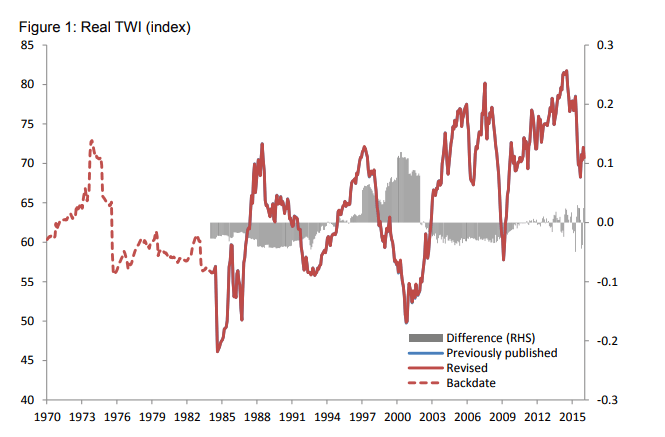
One of the most visible outcomes of the COVID-19 pandemic was the great digital leap that many firms made since 2019. Before the pandemic, firms talked about digitalization, but it needed a disruptive catalyst to push those firms to finally doing it.
Since 2020 the Center for EMEA Business has conducted the ZHAW Managers Survey to gather data on Swiss firms during the COVID-19 crisis. In the latest wave in April 2021 we investigated the impact of digitalization on firm performance during the pandemic. We find that the impact of the crisis has been severe for many firms. For almost 30% of the 157 participating firms the business situation has been worsening between the year 2019 and April 2021. On the other hand, more than 20% of firms improved their business situation during the pandemic. Thus, there exists considerable heterogeneity between firms.
While many Swiss firms initially tried to hibernate their way through the crisis (see Farley, Keller, and Zoller-Rydzek, 2020) or relied on governmental support (see Zoller-Rydzek and Keller, 2020a), increased digitalization efforts were the most prominent reactions. For example, before the crisis most Swiss firms offered around one day per week of home office, this has changed dramatically during the crisis. In 2020 on average firms offered their employees to stay in the home office 50% of their working time. This even increased slightly in 2021. However, the participating managers expect that once the crisis has been left behind (New Normal situation), we will observe a lasting and significant shift towards more home office work. This nicely illustrates, that once firms invested into digital workflows enabling their employees to work from home, they will continue to make use of it. This reflects a general trend in terms of digital marketing, digital production, and digital sales, see Zoller-Rydzek and Keller (2020b). In our current survey we observe that already during the first year of the COVID-19 pandemic about one third of the participating firms had a digitalization initiative. These efforts are very persistent and in 2021 almost all these firms continued to push their digitalization efforts.
It turns out, that firms benefit significantly from their digital leaps. In a simple regression analysis, we relate the change in the business situation between 2019 and 2021 to previous and current digitalization initiatives and the Home Office shares, see Table 1.
Dependent variable: Business situation in 2021 – business situation in 2019. Regressions include sector fixed effects. Standard errors in parentheses. *p<0.10, **p<0.05, ***p<0.01
Firms that invest more in digitalization or foster more Home Office possibilities face a statistically significant weaker impact of the crisis – for many firms it is even positive. Having a digitalization initiative in 2020 or 2021 improves the business situation in 2021 relative to 2019 by almost half a standard deviation. A similar effect can be seen for firms that increased the average share of Home Office from below 20% to 40%-60%.1
Thus, digitalization efforts seem to pay off for many firms during the crisis. Beyond this positive short-term impact, the digital leap might improve the competitiveness of firms even further once the COVID-19 crisis is over. Firms should see the COVID-19 crisis as an opportunity to push their digital agendas. This might help them to tackle future transformational challenges such as climate change or changing preferences of the generations X, Y, and Z.
[“source=unr.edu”]























































